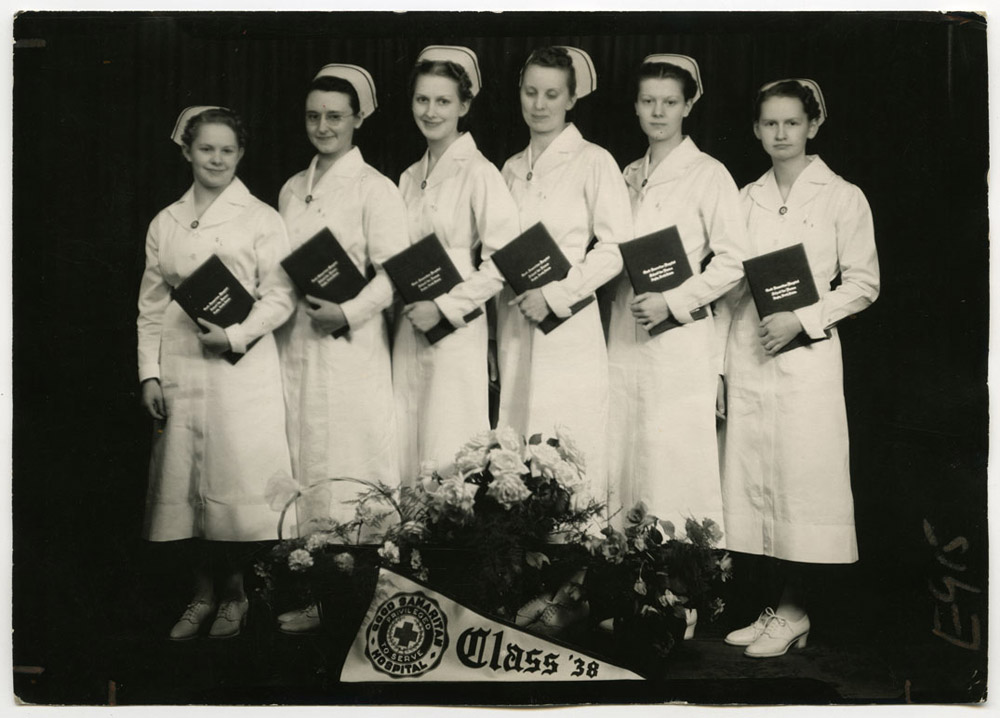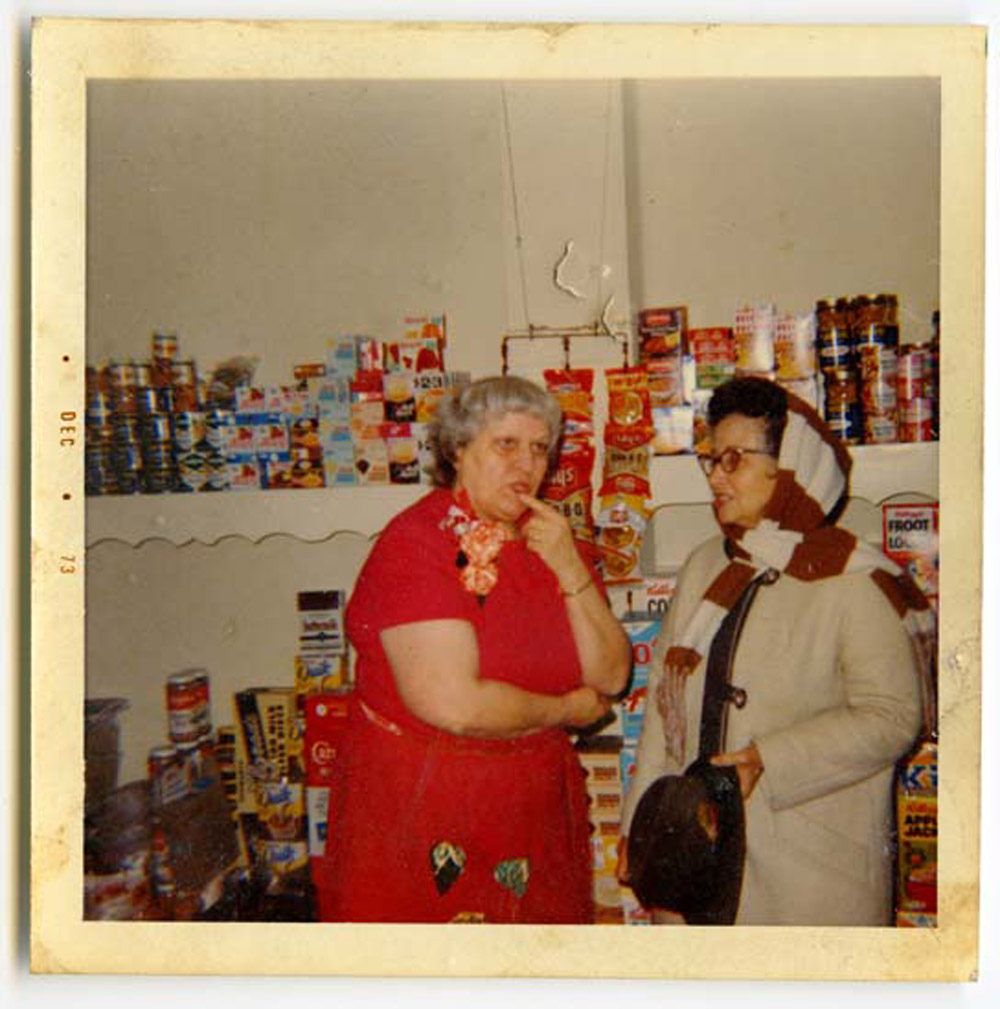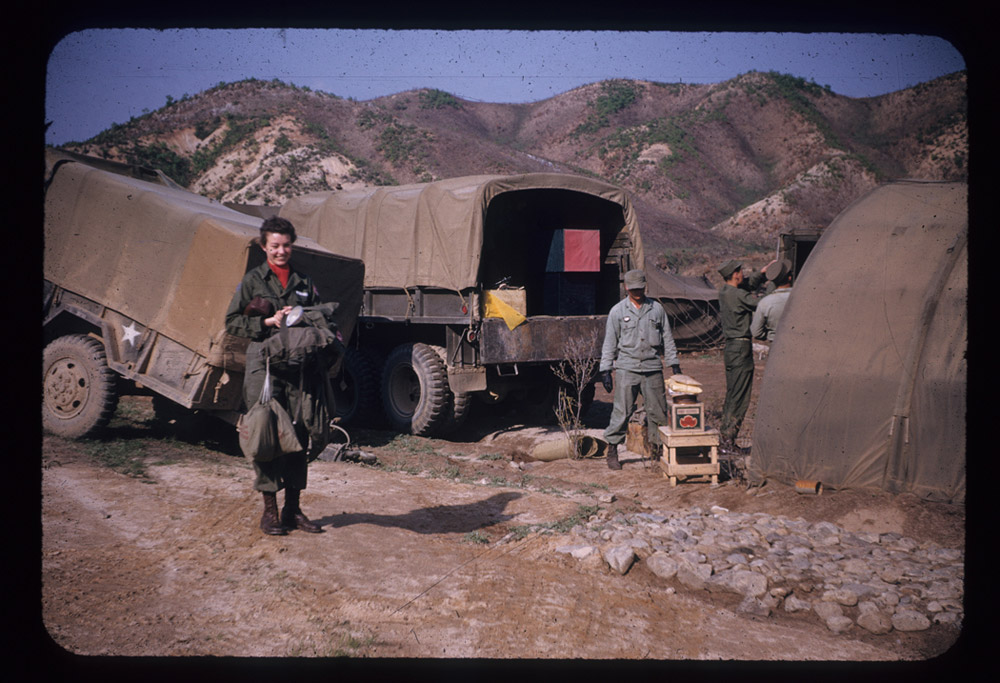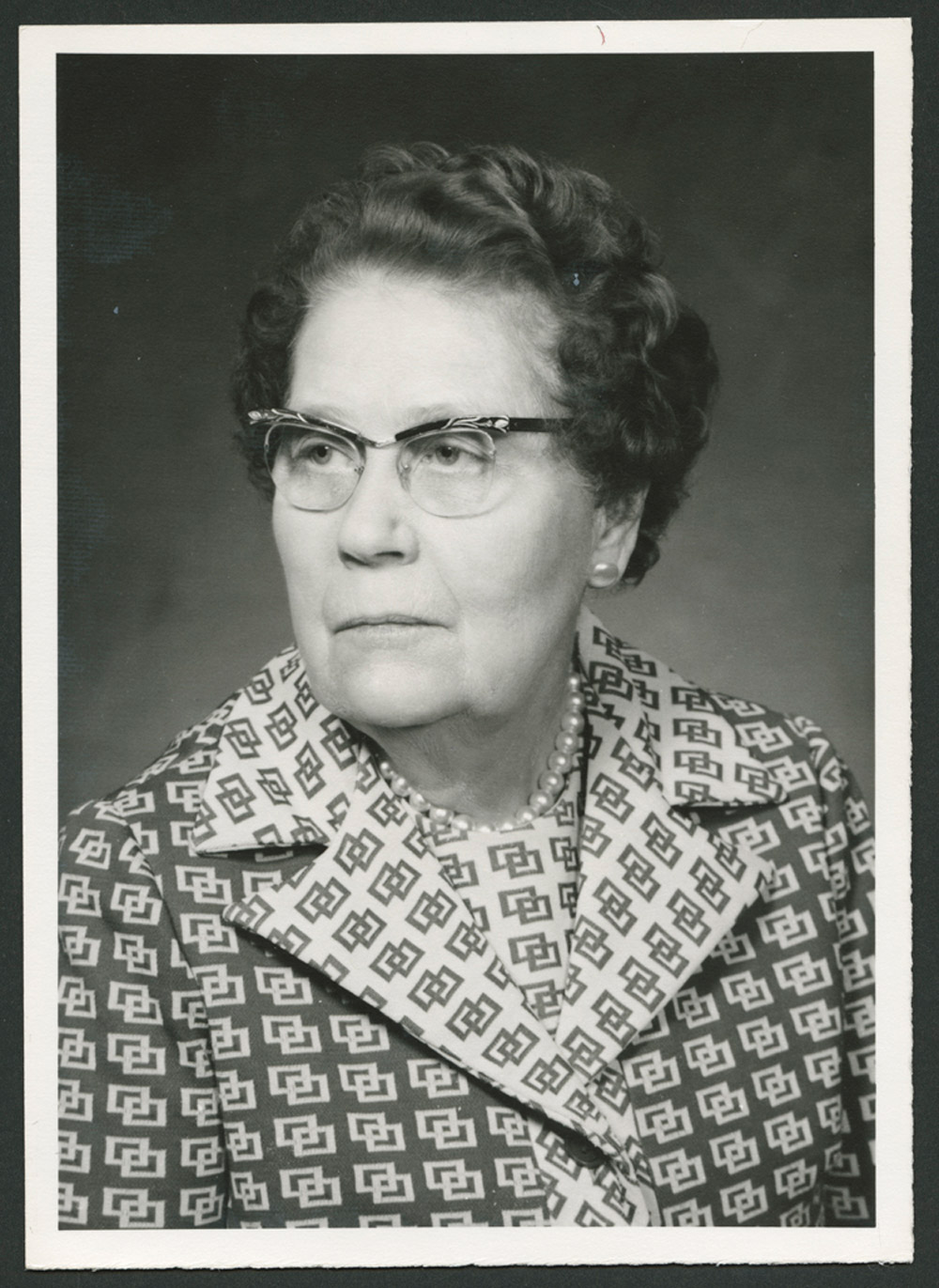Over the past two centuries, U.S. Census enumerators (interviewers) rarely asked questions about women’s employment outside the home. However, in 1940, the census published a chart on women’s work that gives us a base for understanding how women’s work changed in the last half of the 20th century.

In 1940, the population of North Dakota was 641,935 (men, women, and children). Of that number, 306,533 were females of all ages. There were 335,402 males of all ages. Of the 199,496 working men and women in North Dakota in 1940, 16.9 per cent (33,655) were women. We can look at this figure in another way: 10.9 per cent of the entire female populationMost (11,896 or 35 per cent) of the working women in 1940 were employed in service industries. This means that they worked as housemaids, waitresses, hairdressers, or other kinds of service workers. The professions and clerical jobs were nearly tied for the next largest categories. Professional women, mostly teachers and nurses, accounted for 8,058 jobs. (See Image 2.) There were 8,050 clerical workers who were secretaries, receptionists, bookkeepers, or sales clerks in stores. There were 1,273 women who were farmers or farm managers. Most women who were farmers were widows who inherited their farms from their husbands. was working for pay in 1940.


The percentage of women at work rose steadily after 1940. By 1976, 51.5 per cent of the entire female population (including adults and children) of North Dakota worked for pay. In 1988, that number rose again to 60.2 per cent.
The 1960 census adds a little more information. About 57 per cent of the working women were married. The percentage of clerical workers in 1960, 24 per cent, was about the same as in 1940. (See Image 3.) More women worked as farm laborers or managers in 1960 than in 1940.
We have to remember that the information we obtain from statistics is very general. Most professional women in North Dakota taught elementary school or worked as nurses. However, there were a few women college professors, doctors, dentists, musicians, and business owners. A few women who worked in industry would have been placed in a category called “other” since there were so few of them. We also have to remember that many working women worked alongside their husbands on a farm or ranch, or in a business. Their labor would not have been counted because they did not draw a paycheck.
There are a couple of factors which caused the number of working women in North Dakota to rise steadily from 1940 to 1990. The first was the effect of World War II. So many men went to war that women had to take men’s jobs. Women worked on farms, in factories, and in other jobs that men had previously held. Because women enjoyed the responsibility and the paycheck, many women workers kept their jobs or found new ones after the men returned from war. (See Image 4.)
Another factor was the women’s movement of the 1960s. Women all across America asked for equality in education and access to all kinds of jobs. More women entered the paid workforce. Some of these women needed a paycheck; some women felt they had something to contribute to the world outside of their homes.
A third factor was particularly important for North Dakota women. Women’s farm work before 1940 had usually involved selling chickens, eggs, and cream. Following World War II, fewer farms had dairy cows. Egg production became less important because urban women purchased eggs in supermarkets. At the same time, farm families increasingly needed a reliable source of cash income and a health insurance program. Some farm women worked with their husbands on the farm. (See Document 3.) Other farm women took jobs in town to fill these needs for farm families.
Document 3. Women’s Work in Agriculture
In 2000, Heidi Dyrstad interviewed farm and ranch women about their work. Dyrstad wanted to find out what kind of jobs they did on the farm and how they managed child care and housework. She wanted farm women to be known for their work. Below are a few excerpts from Dyrstad’s Interviews. The names are not used to protect their privacy.
The benefits of working on a farm or ranch:
“I guess what I always think of is how I love the fact that the kids and Will and I are together all the time, you know . . . It’s just so family. It’s really good for a family. We work together. We play together.”
“You’re moved and touched in the spring when you see that new little baby calf born and that mom comes over and licks it, or you come out here and you see the new little spring hatch of the chicks, or whatever. It’s just a wonderful thing to be able to live and enjoy that. You take it for granted because you’re around it all the time . . . It moves you.”
“[I have to be] public speaker, banker, financier, you know, I mean all the different things that go into the responsibility of being a farmer. All the different skills you have to have . . . You have to be part mechanic, you have to be a really good wheeler-dealer negotiator to get the best buy on machinery and stuff. You have to understand marketing.”
The Hard Work:
“I have many hats, just as all women do. I do, you know, the cooking, all the cooking. I do, um, the ranch books. I do a lot of riding – helping guiding, helping sort cattle. I do fencing. I drive the tractors. Um, I feed cattle.”
“We are tired from trying to still keep up at home, and then to do all that other stuff . . . I am tired . . . of the load.”
“We come in and tired or not, we cook the meal and then throw some clothes in the wash and maybe take the clothes out of the dryer, and we might fold ‘em. . .”
“I’ve been on a tractor all through haying. I have no cab, I have no umbrella over me, nothing. I’m out in the sun, you know, it’s ninety-five degrees, and you know, could you sit on that tractor all day?”
Dividing the Workload:
“The farm is his, and he makes the decisions, and I support his decision because he’s the one with experience. He knows what’s best.”
“There’s no way a young man can really do it on his own, you know, if they don’t you know, have the support of [a] spouse.”
“The only reason he’s still farming is ‘cause his wife has a good job.”
Source: Heidi Dyrstad, “ ‘Just as Good as They Are”: Voices of Contemporary Women Involved in Farming and Ranching in North Dakota.” Ph.D. Dissertation, University of North Dakota, 2001.

In 1963, Congress passed the Equal Pay Act which requires employers to pay all workers the same amount for the same work. (See Image 5.) Since 1963, the difference between women’s pay and men’s pay has become smaller, but women workers (as a group) still make less than men workers (as a group). In 1963, women earned 59 cents for every dollar paid to men. In 2010, working women in North Dakota made 74 cents for every dollar men earned. For women of color, the statistics are even worse. In 2010, African American women in North Dakota made only 54 cents for every dollar men earned.
Women are working in North Dakota as they have for decades at jobs they love and at jobs they need. However, in order to see women as part of the economy of North Dakota, historians have to search carefully and ask questions to learn more about women at work.
Why is this important? Women have contributed in substantial ways to building the state of North Dakota and our strong economy. Raising children, working on a farm, or working in a restaurant, women transferred knowledge, earned and spent money, and made products for others to use or buy. However, no matter how important women’s economic contributions have been, their economic activities are often overlooked as part of our state’s economy.
You can do statistical research at the online version of the Statistical Abstract of the United States: Census.gov


